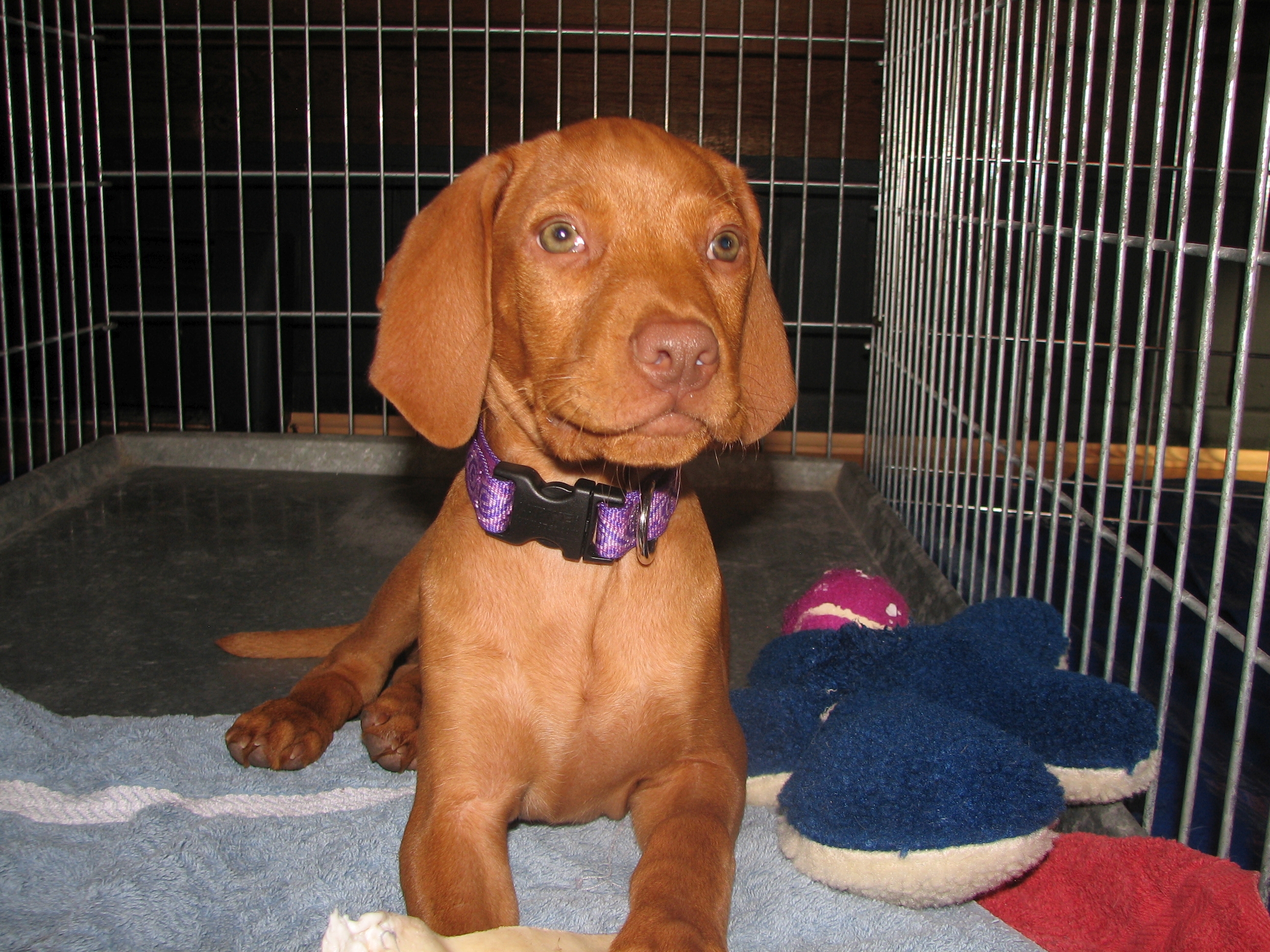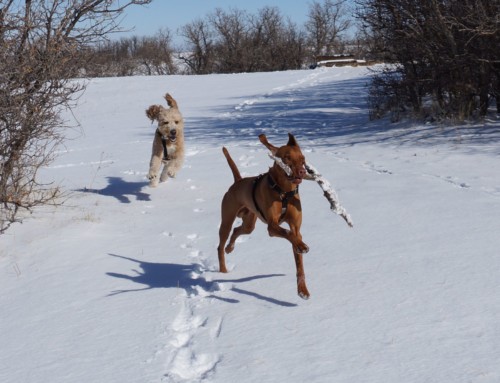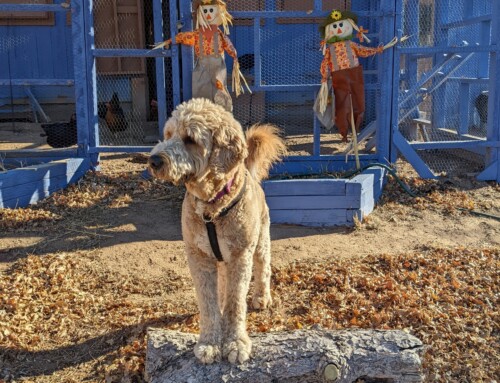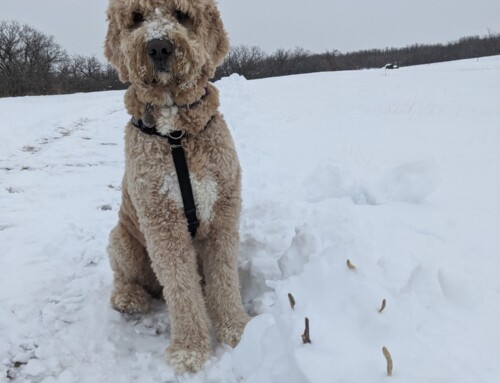DOG TRAINING OFFERED IN-PERSON AND ONLINEOur dog training services are delivered in almost any format that meets your needs. We have GROUP CLASSES at our indoor and outdoor facilities on our farm, ONLINE LIVE STREAMING classes, and SELF-PACED VIDEO-BASED training through our Online Dog Training Course. Our PRIVATE TRAININGS can be done in-home, outside, in public dog-friendly locations, at our facility on our farm, online via phone or video conferencing and through email. |
Crate training seemed to be the hot topic this weekend for my clients. I had two private training sessions this weekend with dogs who have some separation and crating issues. The dogs are not ready to be left loose in their houses when their human family members are gone, but they are pretty distraught over being left alone in their crates. Both families feel somewhat trapped in their own homes because they're afraid of what will happen when the dogs are left alone.
We sometimes use another source of confinement for dogs who have serious issues with crates, such as a laundry room or bathroom with a closed door or a baby gate. If the issue is only with the crate itself, this sometimes creates an easy solution to the problem. However, in most cases, it's the “being left alone” part that the dogs have trouble with and leaving them in the house but outside a crate can mean some damage to the house as well as the dog. Some dogs will injure themselves in attempts to escape their confinement – some to the point of breaking teeth or bloodying themselves.
The first step in addressing these issues is helping your dog learn to LOVE his crate or other confinement area. I always start by recommending the confinement area be a place they are used to spending time. It should be a place they eat, chew, sleep and/or play so they associate it with their living space. If your dog only spends time in his confinement area when you leave him alone, you can understand why it's not such a good place for your dog.
With both clients I saw this past weekend, we moved the crates to spaces where the dogs were already comfortable spending time. Now it's much easier getting them to even set foot in their crates, let alone lie down and rest there.
We are beginning to change the association of the crate with bad things (being left alone) to good things (treats, toys, attention, spending time with their family) so that they begin to see their crates as a cozy comfortable place to hang out with their family nearby much of the time. Once we start working toward being able to leave them there alone, it will be much easier since they will already have good feelings about that spot.
If your dog simply tolerates the crate, it would be a good idea to help create more positive associations with this space. It should be a comfortable, safe place for your dog, not a space where he's left isolated from his family. My rule for crate training is 90% of the time your dog goes into his crate, he's not shut in and left alone. For most dogs, they are used to 90-100% of the time they go into their crate, they are left alone. By changing the picture for your dog, and being left alone is a very small percentage of the time, it will help your dog learn to love his crate.
For more tips on crate training, see our article on Crate or Confinement Training.
Our goal is to positively impact the lives of as many dogs and their families as we can, in part through our extensive library of video, infographics and text articles. |








